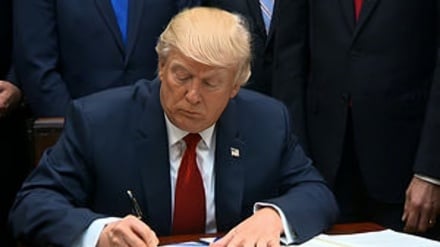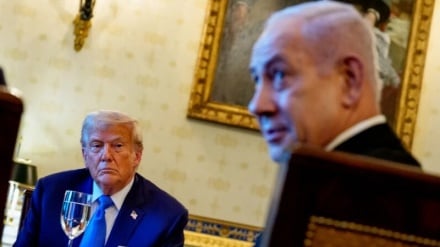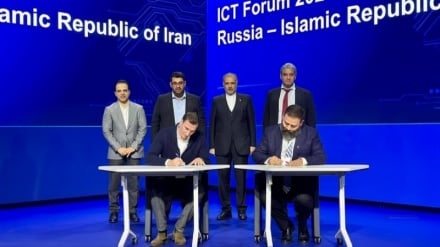Why Trump’s peace plan for West Asia is absurd?
-

Why Trump’s peace plan for West Asia is absurd?
Pars Today – The U.S. claim of being peace-seeking, especially during the Trump era, is nothing but a blatant contradiction.
Donald Trump, the U.S. president, has repeatedly claimed in recent speeches that he intends to rescue West Asia from war and insecurity and establish lasting peace in the region. But this claim, rather than signaling any real shift in Washington’s foreign policy, is an attempt to rebuild America’s image and secure new interests in a region where the U.S. itself has been the main source of instability.
According to a report by Pars Today, citing Mehr News Agency, the “peace” Trump promises does not mean justice or a balance of power—it means imposing the will of the United States on the nations of the region.
Interventionist policies and the legacy of US wars
After the September 11, 2001 attacks, U.S. foreign policy shifted from deterrence to direct, military-centered intervention. Under the banner of fighting terrorism, Washington established a vast presence across the region. The invasions of Afghanistan in 2001 and Iraq in 2003 were the cornerstones of this policy—actions ostensibly aimed at eradicating terrorism and spreading democracy, but which in practice destroyed state institutions, collapsed social structures, and created a power vacuum that fueled the growth of extremism.
These bitter experiences show that the United States not only failed to bring peace and stability but, through hasty decisions and hidden agendas, created a cycle of perpetual insecurity. Even American officials in recent years have admitted that their prolonged military presence in West Asia has done nothing but weaken the region’s political and economic order.
Alongside these interventions, Washington’s unconditional support for the Zionist regime has been another major driver of violence. By sending billions of dollars’ worth of weapons to Israel, the U.S. has effectively become complicit in crimes against the Palestinian people. Over the past two years, more than 67,000 Palestinians have been killed in Israeli attacks, and hundreds of thousands of tons of American-made bombs have been dropped on Gaza. The U.S. has not only refused to condemn these actions but has repeatedly vetoed U.N. Security Council resolutions calling for a ceasefire. The result of these policies has been to sink the Middle East deeper into a quagmire of violence, distrust, and destruction.
Trump and the pose of peacemaking
Now Trump has stepped onto the stage striking the pose of a savior, speaking of a “Great Middle East Peace.” Yet a closer look at his statements and behavior reveals that this claim is merely a continuation of the same interventionist policies, only wrapped in more diplomatic packaging. He seeks to use the region’s ongoing crises to rebuild America’s geopolitical standing and, under the slogan of mediation, craft a new face for American imperialism.
Despite his calm rhetoric, Trump has no intention of withdrawing militarily or reducing U.S. influence. Instead, he aims to transform America’s dominance from a hard (military) to a soft (political and economic) form. In other words, he seeks to reproduce the same influence under the banner of “peace.” This is the same approach he pursued during his first presidency with the so-called Abraham Accords—an artificial peace between certain Arab states and Israel that left the core issue, the occupation of Palestine, unresolved.
In truth, the peace Trump envisions is a peace without justice. He wants to normalize relations between Arab governments and Israel while Palestinians remain under siege and Gaza lies in ruins. Even his occasional criticism of Israeli actions is not out of concern for Palestinians but a means of restraining an ally whose extremism could threaten the U.S.-preferred regional order. In this political game, Trump casts himself as a savior in order to extract concessions from both sides—from the Arabs in the name of peace, and from Israel in the name of security.
Behind this façade of peacemaking lies the same old logic of U.S. presence in the region: control over energy resources, containment of rival powers such as China, Russia, and Iran, and the guarantee of Israel’s security. For that reason, Washington’s claim of rescuing the Middle East is not only baseless but also a clear sign of the continuation of the very policy that has kept the region burning for decades.


